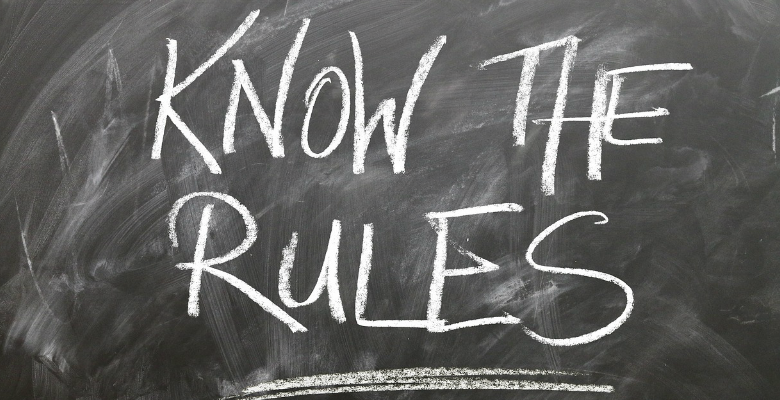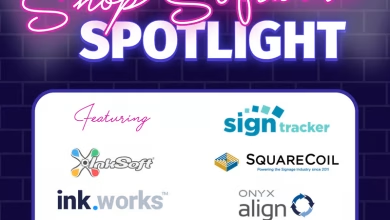Today we are going to talk about something that may be one of the least exciting parts of our business, terms and conditions! Now I know none of us got into this business to nitpick all of the things that could go wrong with customers, and to some, it may seem counterintuitive to stick a long list of legal jargon in front a client you just worked so hard to get. But, I assure you it’s a normal part of any business relationship and can save both parties a lot of grief if an issue arises. Having agreed upon terms helps resolve any problems that arise quickly and can spare both printer and client any feelings of being personally slighted by the others. If everything is laid out before any work takes place, issues become much more black and white. Below are some things I recommend always including in your terms and conditions.
Spoilage
This is something I find a surprising number of printers ignore. Maybe it’s just wishful thinking that nothing will go wrong or maybe some are just too nervous to let a customer know that their order is incomplete. Either way, it’s not a realistic expectation. This is screen printing! If Murphy’s law had a mascot, I’m pretty sure they’d be holding a squeegee. If you’ve spent any time in this industry you know there are about a million and five things that could go awry during a print run. While we should always strive for perfection on our orders, it’s inevitable that some garments will be sacrificed to the Gods of Screen Printing. They demand it! So, what to do? While you could always leave a job set up, order new garments, and reprint the scrapped goods, that can lose you any margins you may have hoped to make. Sometimes this can even lose you money on the order. Who wants to work for free? We want to do our best for our customers, but it’s important we educate them that the process can occasionally result in some hiccups and unsatisfactory garments. This is where having a spoilage clause in your terms and conditions can help. None of us want to leave our customers wanting or without, but we have to protect ourselves and our profit margins. Industry standard dictates that three percent of the total order can be lost to “spoilage” that the printer is not responsible for replacing. If your customers need exact quantities, consider ordering an extra in each size and taking extra care with these orders to ensure they go out complete.
Order Minimums
How low can you go? While I understand that some of us might not be in a position to turn down jobs, we should all have a minimum number of garments required for an order. Keep in mind artwork, screen making, and set up time is the same on a two-piece order as it is on a 2,000-piece order. That means the lower the quantity, the lower the profit margin. The lowest minimum tends to be 12 pieces, but the average for most shops I’ve worked with is 24. This seems to be a sweet spot for both printer and customer. That being said, this is more directed at screen printers. Direct-to-garment printing may be a great option to make good margins on low-quantity orders.
Fees and Payment Schedule
This is something you are going to want to cover thoroughly in your terms and conditions. Regardless of how you accept deposits and payments, it needs to be spelled out plainly to avoid confusion. Getting paid on time is super important for a screen-printing business. If we don’t get paid on time, it can really mess with our cash flow. Most shops I work with require payment in full before goods are ordered or at least 50 percent paid up front and the other 50 percent upon receiving the complete order. Stick to your guns with this! You want to spend your time printing and making money, not tracking down payments from customers.
Turnaround Time
We’ve all had the customer that calls the day after their order is placed asking if their job is done yet. No fun for anyone! Spelling out your turnaround time will keep customers at bay for the most part. The industry standard is around 7-10 business days but can flex depending on workload. Make sure whatever you choose is a realistic projection on when you can get the order out to the customer. It’s always a good idea to pad your time a little bit to allow time for mishaps and, best-case scenario, the order ships earlier than expected. Customers love when they get their orders early, and it will leave a great feeling with them about their experience as your customer.





